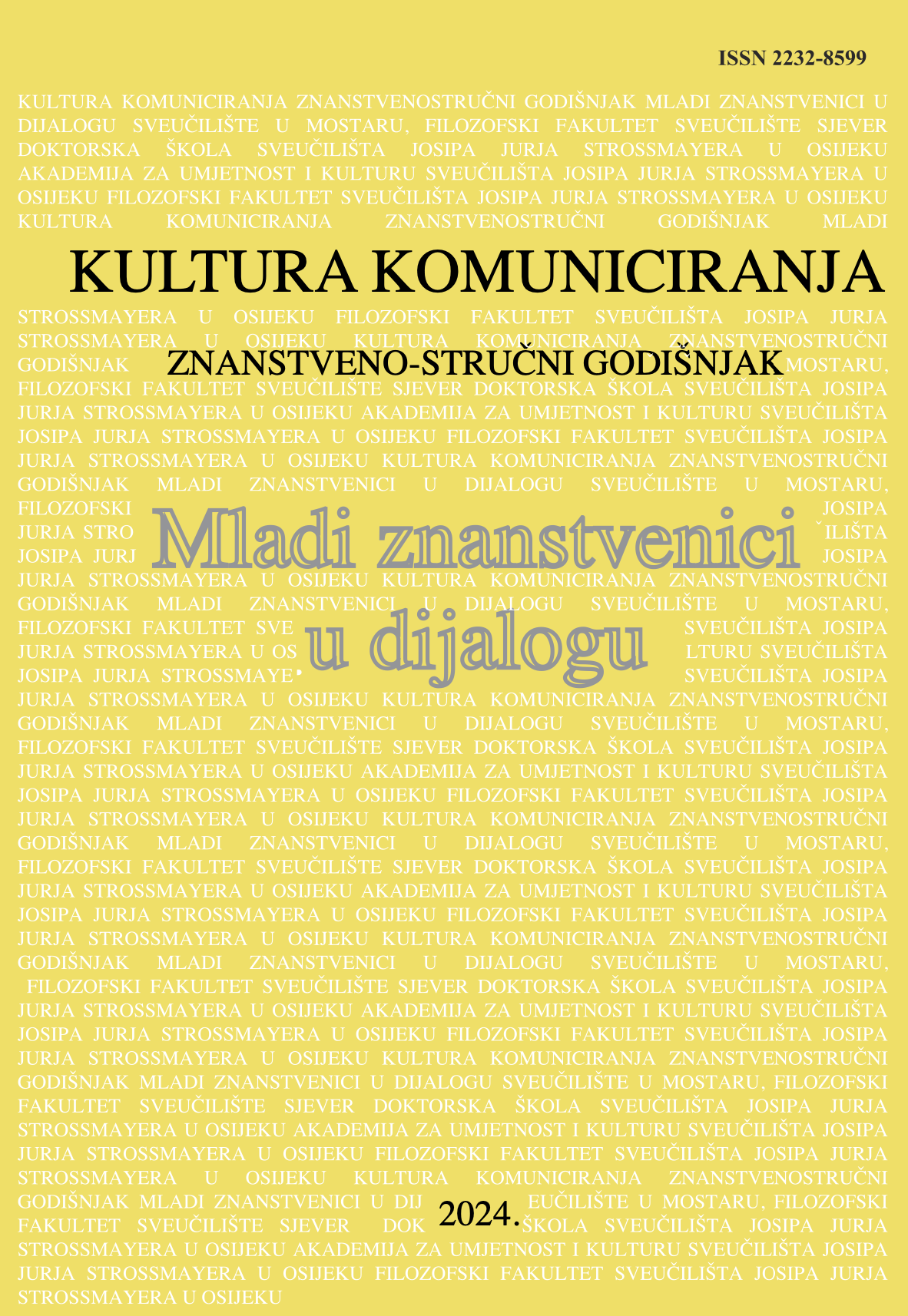STAROHRVATSKA UMJETNOST I HRVATSKI NACIONALNI SIMBOLI
EARLY CROATIAN ART AND CROATIAN NATIONAL SYMBOLS
Author(s): Dora SesarSubject(s): 19th Century, History of Art
Published by: Filozofski fakultet Sveučilišta u Mostaru
Keywords: early Croatian art; pre-Romanesque; Romanesque; national identity; national symbols;
Summary/Abstract: While throughout history European countries celebrated antiquity and the common past of the European continent, with the emergence of national movements in the 19th century, the search for a symbol of national identity began. This symbol would prove the independence and uniqueness of a particular nation compared to others. During the national revival in Croatia, interest in medieval art, particularly so-called „early Croatian art,“ which encompasses pre-Romanesque and early Romanesque art from the 9th, 10th, and 11th centuries, was awakened. As the name itself suggests, this is old, or the first art after the arrival of the Croats in this area, and largely, this art was created during the Croatian Kingdom (925 - 1102). Given that Croats during the 19th-century national revival aimed for an independent state and liberation from centuries-long foreign rule, the Croatian Kingdom was of great importance; it represented the only period of Croatian sovereignty throughout history. Therefore, it is not surprising that during the 19th century, many motifs from early Croatian monuments were adopted, which served as national symbols, and they retained this role through the 20th century and up to the present day. This paper analyzes interlace patterns, the early Croatian crown, the Baptismal Font of Duke Višeslav, and the gable with the depiction of the Virgin Mary from Biskupija near Knin, and their role as national symbols through various political contexts, from the 19th century to the present day.
Journal: Kultura komuniciranja
- Issue Year: 7/2024
- Issue No: 7
- Page Range: 346-373
- Page Count: 28
- Language: Croatian

